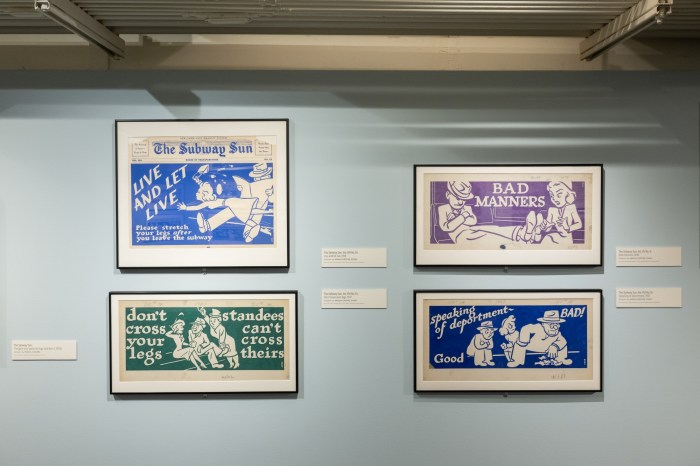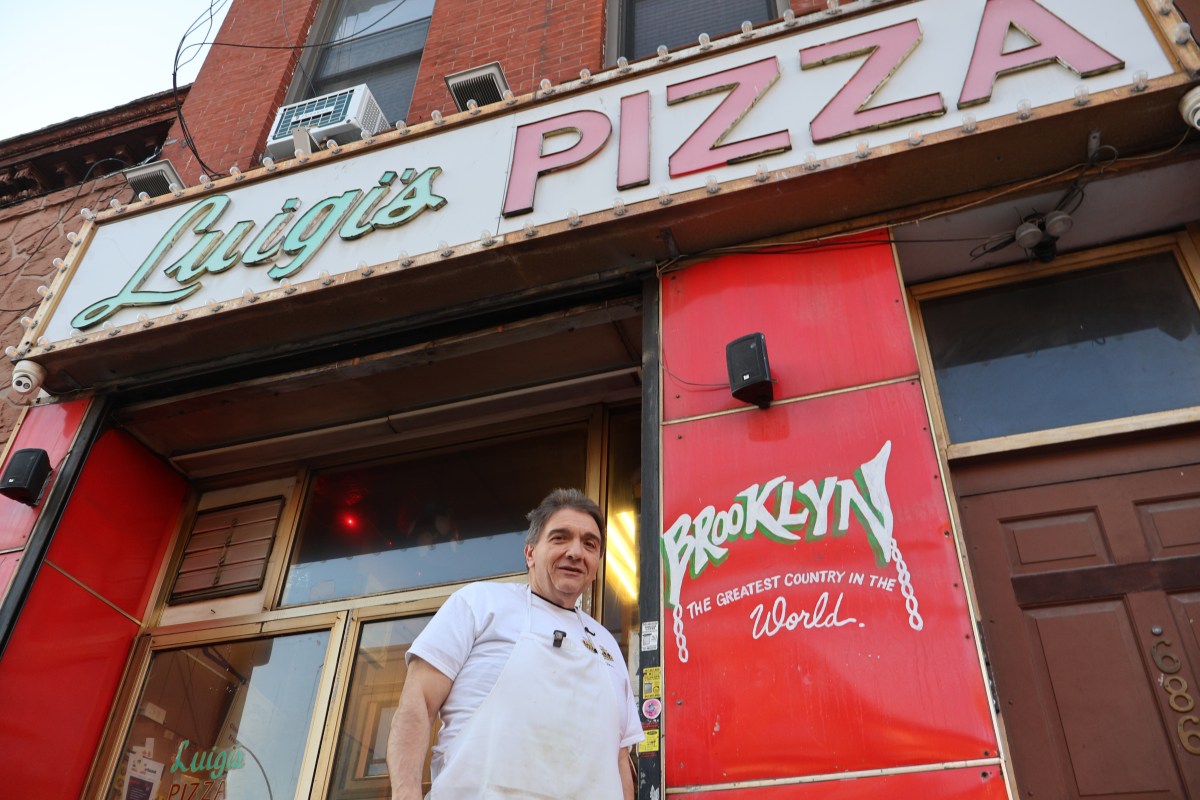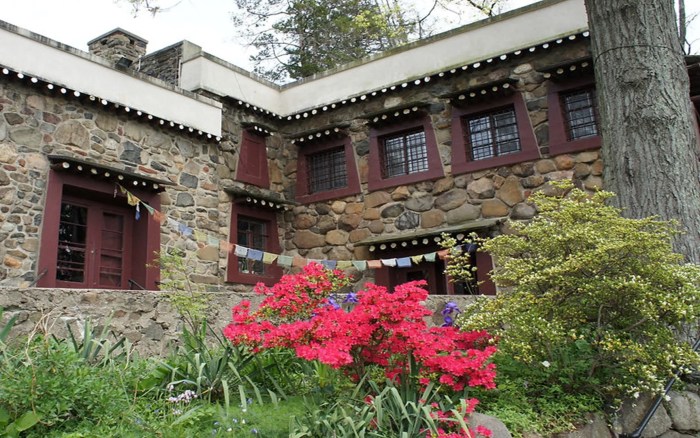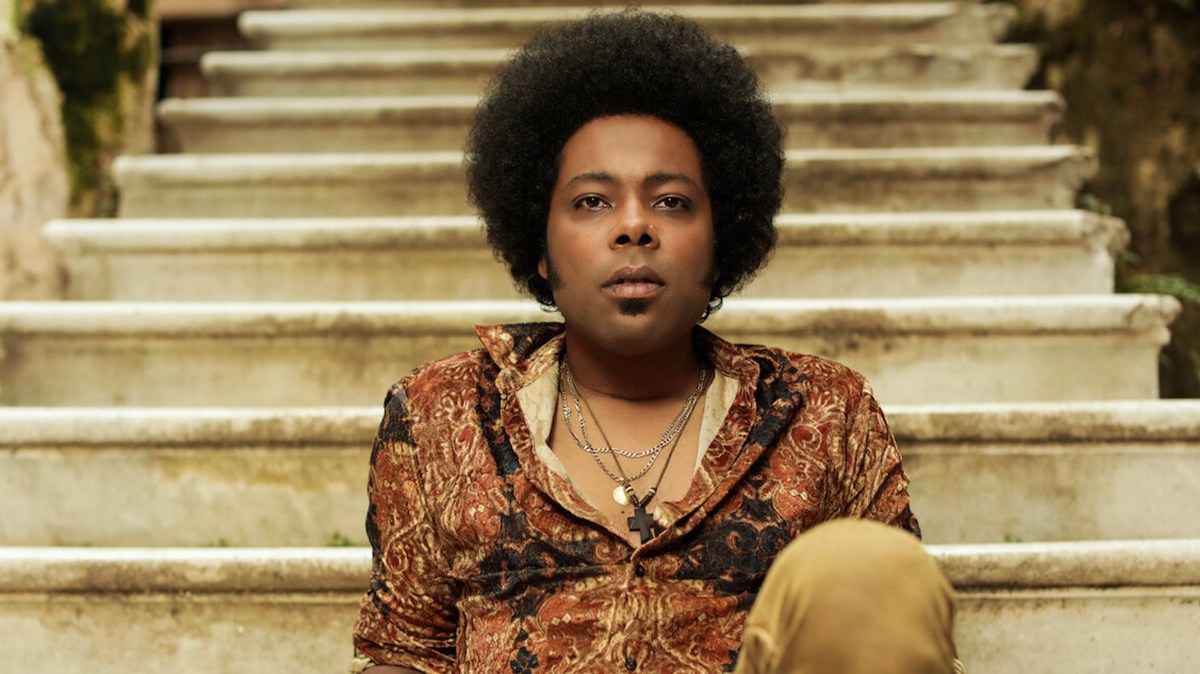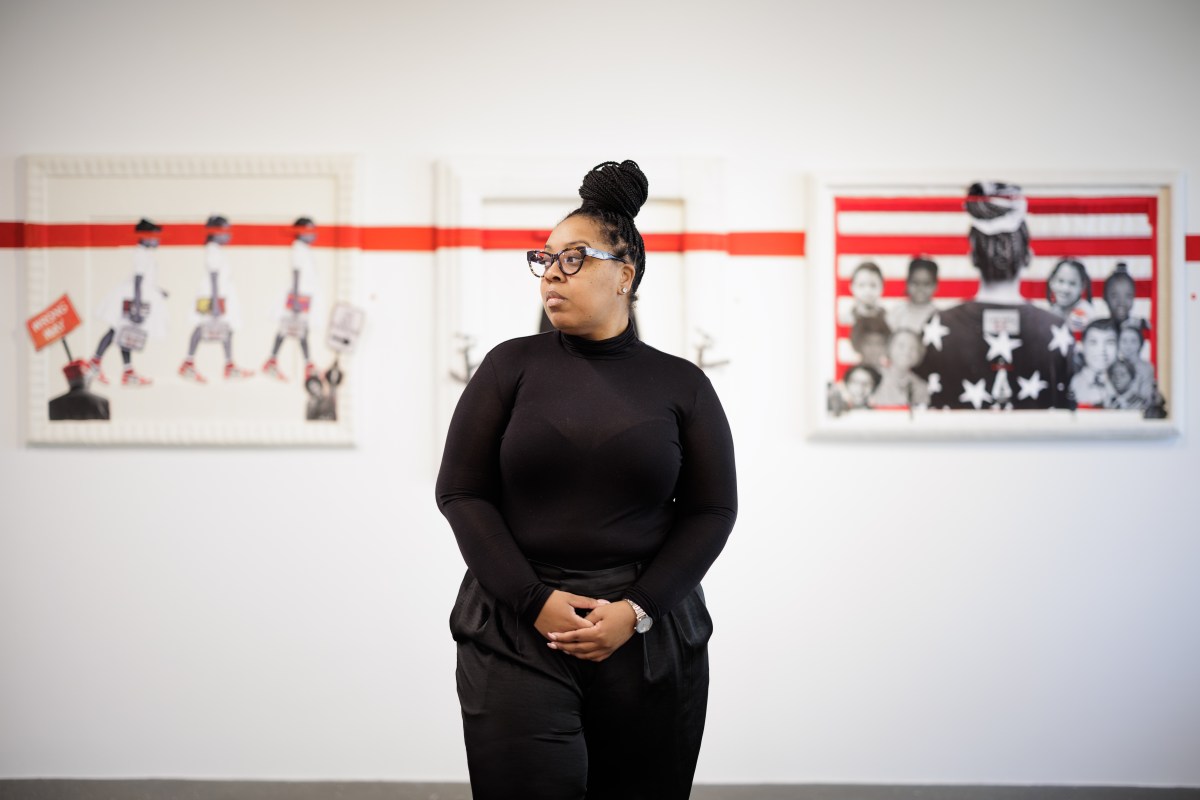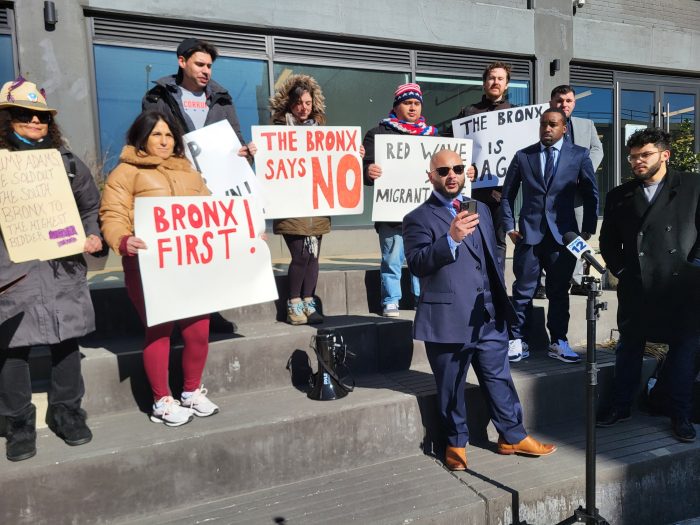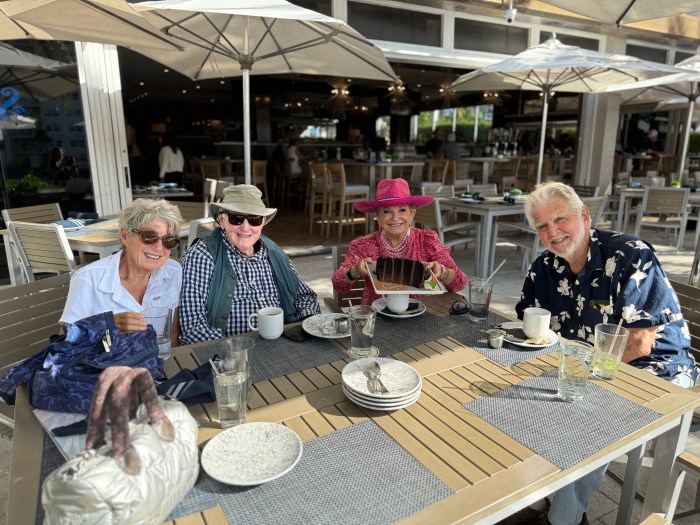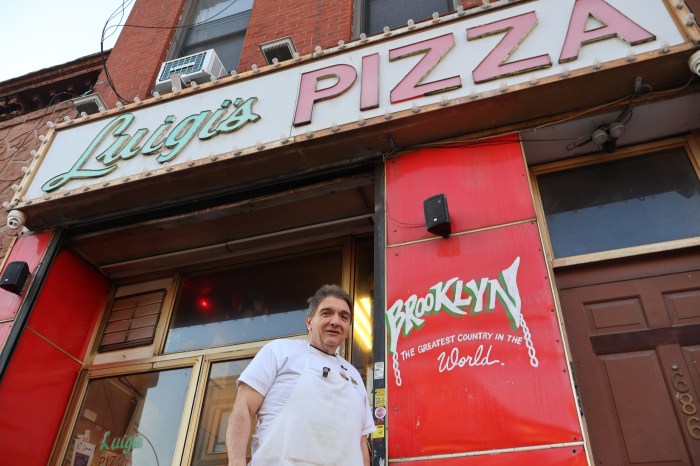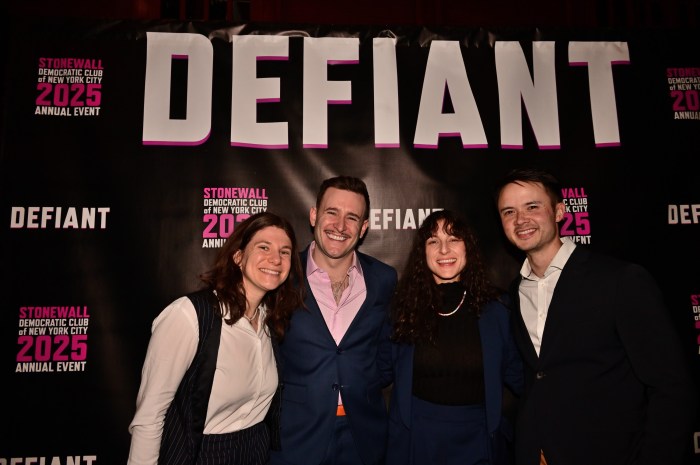BY YANNIC RACK

Once-forsaken Fulton St. is the latest Downtown area to capitalize on the reinvention of Lower Manhattan’s bleak office canyon into a high-end residential neighborhood, going from shabby to chic in a very short time.From the South Street Seaport at one end, to the World Trade Center complex at the other, the narrow east-west thoroughfare has undergone a stunning transformation over the past few years — and it’s one that is only accelerating, according to locals in the know.
“When we moved down here, Fulton St. had the reputation of being like a seedy, very down-market area with tacky stores,” recalled Luis Vazquez, who lives on John St. just a block away.
Now the half-mile stretch that is Fulton St. is no longer dominated by grimy fast food-joints, cheap tchotchke shops, and shabby walk-ups.
In their place, fast-casual eateries like Chipotle and Melt Shop now line the street, along with spiffed up retail stores catering to residents rather than tourists, as several hotel and condo projects are rising in between them.
“Over the years, the retail has in fact switched over,” said Vazquez. “And while it hasn’t turned into high-end retail, the reality is that almost whatever came was a better caliber than what it replaced. Even the liquor store on the corner of Dutch and Fulton, they closed and gutted the place, and reopened as Seaport Wine and Spirits — and now it looks nice!”
As a real estate broker, Vazquez has long eyed Fulton St. as the last frontier in Lower Manhattan’s ongoing rebirth, where a mass influx of residents in recent years has been trailed by increased services and amenities.
Early next year, Tribeca institution Nobu is packing up and moving to 195 Broadway, with a front on the Fulton St. side of the former AT&T Building — a fact that Vazquez describes as “jaw-dropping,” considering what the area used to look like.

In addition to an increase in dining options, new hotels and apartment buildings are also set to rise on Fulton St., starting as early as next year.
“There’s definitely a lot happening on Fulton St.,” said Jessica Lappin, president of the Downtown Alliance business group. “I think we started to see it last year. There was the hotel that opened on Ann St., the Aloft Hotel. You started to see things happening right around Fulton St. on Broadway,” she said. “Starting on Broadway and heading east, there’s really positive change happening.”
Next to another planned Starbucks at 222 Broadway, for instance, an as-yet unnamed hotel is set to rise 26 stories. And two blocks east, Pace University just put a 15-story dorm on the market, targeting buyers looking to build “mid-market luxury housing.”
Vazquez says it’s unsurprising for the school to sell the older dorm since they built two new ones recently, but he pointed out that the marketing angle shows how much the area has changed.
“It makes sense that they would cash out on the old one to repurpose their money elsewhere. But nine years ago, nobody would have expected luxury housing to ever be built directly on Fulton St.,” he says. “And now we have quite a few projects already.”
At 56 Fulton, for example, a former garage will soon turn into the Exhibit, a 23-story residential building, and further west along the corridor, a 50-story hotel and condo tower at 130 William St., and another 49-story residential building at 118 Fulton St., are currently in the works as well.
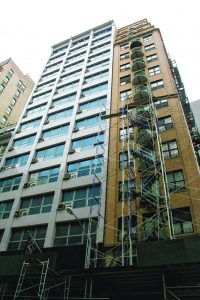
Pace University has put this 15-story Fulton St. dorm on the market, advertising it as a potential site for luxury housing — a pitch that local realtors agree would have been unthinkable just a few years ago.
One block south, at 75 Nassau St., a 40-floor condo and rental building with a four-story retail base will soon tower over the Fulton Center — the transit hub and shopping center that played a pivotal role in the revitalization of the area when it opened last year.“They always wanted to do something to the Fulton Center — it was literally a rat maze before,” says Community Board 1 chairwoman Catherine McVay Hughes, who has lived near the site of the newly opened transit hub for almost three decades. “It’s transformed that whole area signifi cantly,” she said. “You can actually see happy people walking through there now!”
Last year’s opening of the Fulton Center was followed earlier this month by the unveiling of the Oculus, the sprawling retail dome of the World Trade Center Transportation Hub — where access is currently limited to PATH trains, but which will eventually link to Fulton Center to form a sprawling underground transit complex connecting to all of Downtown’s transit lines, and even the Battery Park City Ferry Terminal.
“That will really make a huge difference. Imagine coming out of the PATH, walking completely underground to the Fulton Center, and have access to another dozen subway lines. That will be transformative,” said Hughes, adding that the underground network will help relieve the chronic congestion on Downtown sidewalks. “Every little step to make access to public transportation better is great, because congestion is such a major issue down here.”
Lappin and Hughes both agree that the opening of the Fulton Center marked a tipping point for the street, even though the transformation began before the hub’s opening. “I really think it has a lot to do with the Fulton Center and transportation in general, that has spurred all this,” said Lappin.
And although some of the commercial space in the Fulton Center itself — such as the much-anticipated Shake Shack — has yet to open, the larger impact of the more upscale retail tenants can be felt outside. “As these storefront retail uses are changing, the street itself is also more well-lit, more appealing, and has a more vibrant feel to it,” said Lappin. “It’s sort of upgrading the whole look and feel of the block.”
Vazquez said what’s still missing is a major beautifi cation effort — new lighting, planters, “perhaps even cobblestones” — along the thoroughfare, similar to what the Alliance did on lower Broadway a few years ago — installing new street lights and the Canyon of Heroes pavement markers — which occasioned a recent retail renaissance along that street as well.

This 49-story residential tower rising at 118 Fulton St. is one of several high end properties transforming the onceneglected Downtown thoroughfare from seedy to swanky.
A Fulton St. beautification project would be a logical next step for the area’s development, he said. “It makes sense. It’s connecting the two main tourist sites Downtown,” said Vazquez, referring to the WTC complex and the Seaport.
At the Seaport, major changes are underway as well. In addition to Howard Hughes Corporation’s plans for an enormous four-story retail complex on Pier 17 and a market hall anchored by famed chef Jean-Georges Vongerichten at the Tin Building, residents and visitors to the area can also look forward to a luxury iPic movie theater coming to the revamped Fulton Market Building.
“We can’t forget that the Seaport is part of Fulton St.,” said Vazquez. “It is very much a part of the change, and also a cause of it.”
As the Seaport continues to recover from the lingering ravages of Superstorm Sandy, Vazquez expects it to become an even stronger driver of Fulton’s renaissance.
CB1’s Hughes sees the resurgence of Downtown’s east-west transverse as a symbol of the whole neighborhood’s triumph over a series of catastrophic setbacks.
“In a way, Fulton St. is sort of an example of the transformation of Lower Manhattan in general,” she said. “At one end you have the World Trade Center site, and then you have Hurricane Sandy and its implications at the other end [at the Seaport]. So you kind of have a cross section of what’s happened in Lower Manhattan, right on Fulton St.”



